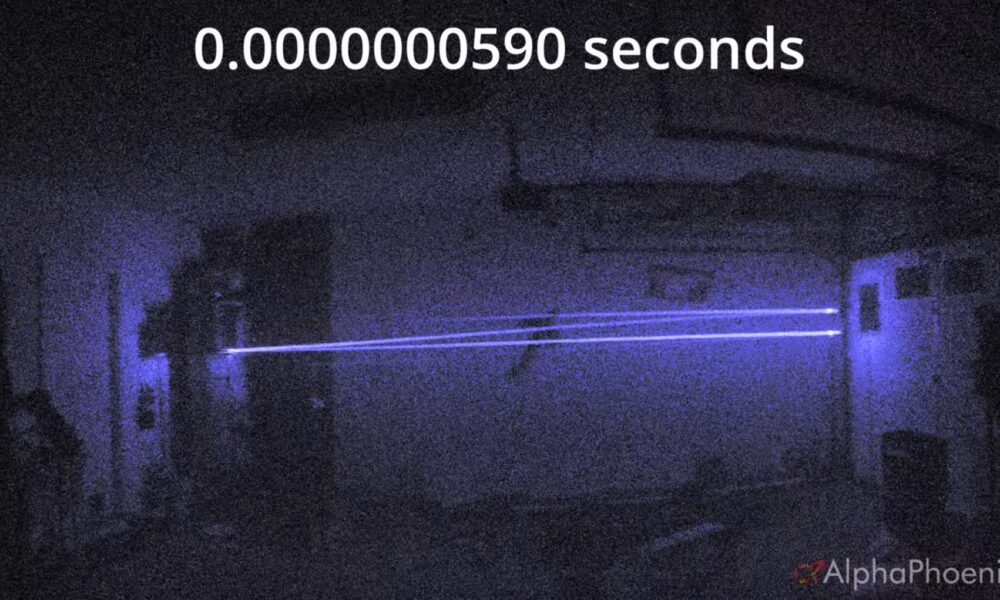The comet known as 3I/ATLAS is set to make a significant approach to Earth on March 2, 2024, drawing considerable attention from both the scientific community and the general public. As it nears our planet, excitement is building across social media platforms and news outlets, highlighting the comet’s unique features and its visibility from Earth.
What to Expect from the Comet’s Flyby
During its closest approach, 3I/ATLAS will pass within approximately 12 million kilometers of Earth. This distance, while vast in astronomical terms, is relatively close compared to other celestial bodies. The comet, which was first discovered in 2019, is expected to be visible to the naked eye in some regions, particularly in areas with minimal light pollution.
According to CNN’s Ashley Strickland, the comet’s brightness is attributed to its composition, which includes ice and dust. As it draws nearer to the Sun, the heat causes the comet to release gas and dust, creating a glowing coma and a long tail. This phenomenon contributes to the visual spectacle that attracts skywatchers and astronomers alike.
The Science Behind Comet 3I/ATLAS
The significance of 3I/ATLAS extends beyond its aesthetic appeal. Comets like this one are considered time capsules that provide insights into the early solar system. By studying their composition, scientists can learn about the materials that formed the planets and other celestial bodies.
As the comet approaches, astronomers around the world are preparing to observe its trajectory and behavior. Observatories in both hemispheres will be equipped with telescopes to capture detailed images and data. This scientific effort not only satisfies curiosity but also contributes to the broader understanding of cometary phenomena.
The anticipation surrounding 3I/ATLAS has also led to an increase in public interest in astronomy. Many educational institutions and local astronomy clubs are organizing viewing events to allow the public to observe the comet safely. This engagement underscores the importance of fostering interest in science and exploration.
In conclusion, the impending flyby of 3I/ATLAS offers a rare opportunity for both scientific discovery and public participation in astronomical events. As the comet approaches Earth, the world will watch, eager to catch a glimpse of this remarkable cosmic traveler.







